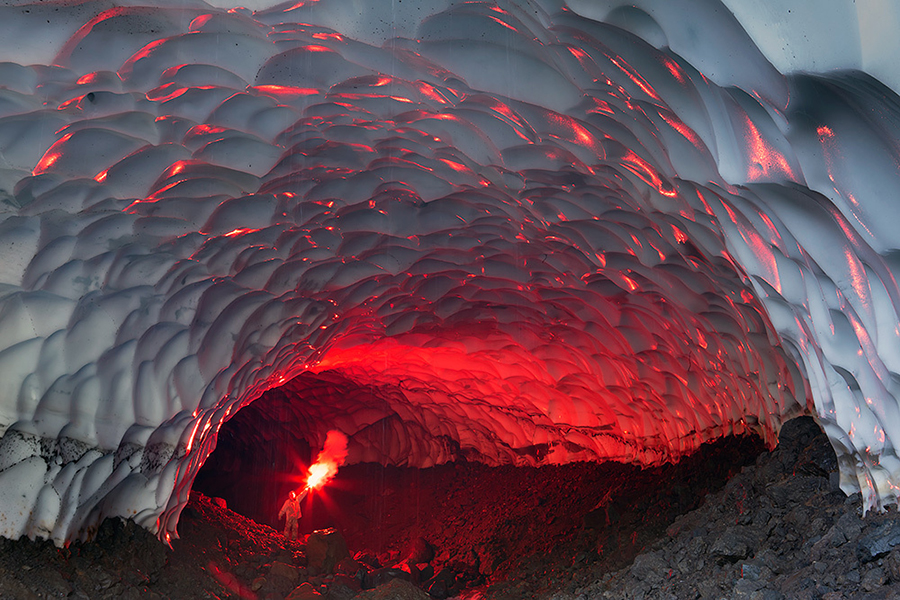On March 4, 1857, John Wood took this photo of the inauguration of the 15th US president James Buchanan in front of an unfinished Capitol Building.
Read more on TIME
Photo of the Day — The Milky Way Reflected in Bolivia's Salt Flats by Daniel Kordan
Daniel Kordan captured this amazing shot on the world's largest salt flat in Boliva Using long-exposures.
“There are not so many places in the world where you can enjoy absolute dark sky,” Kordan told My Modern Met. “Light pollution is in the cities and even small villages.”
Photo of the Day — Nighttime Thunderstorm Photo from Pilot above the Pacific
via Washington Post
"The Pacific Ocean from the cockpit of an airplane. The photographer and pilot, Santiago Borja, says he was circling around it at 37,000 feet altitude en route to South America when he captured this spectacular view.
Borja said it was difficult to get the shot in near-darkness and during a bumpy ride. “Storms are tricky because the lightning is so fast, there is no tripod and there is a lot of reflection from inside lights,” Borja told The Washington Post in an email."
Photo of the Day: Halo of Bioluminescent Plankton in Thailand from Will Strathmann
Will Strathmann took this photo in Krabi, Thailand. “[I] heard that the bioluminescence [was] beginning to peak under the new moon … While this photo doesn’t come close to the actual experience, I am proud I was able to capture and share this magical moment.”
Photo of the Day — Two men at Greyhound Bus Terminal. New York City. 1947 by Esther Bubley
Esther Bubley has such an interested eye, and it comes through in her photography in a way that is unmistakeable. Here, two men at Greyhound Bus Terminal in 1947 NYC.
Photo of the Day - The Flat Iron Building in Jonas Blizzard by Michele Pallazzo
Photographer Michele Pallazzo captured this stunning painting-like photo from the #blizzard2016 of the iconic Flatiron Building on 14th Street in Manhattan.
Photo of the Day - Animated GIF Flyby of Saturn's Rings
The rings of Saturn are only about 30 feet (10 meters) thick in most parts of the main rings, other parts however are often up to several kilometers thick. The rings are made of dusty ice, in the form of boulder-sized and smaller chunks that gently collide with each other as they orbit around Saturn. Saturn’s gravitational field constantly disrupts these ice chunks, keeping them spread out and preventing them from combining to form a moon.
Photo of the Day - The Humanity of Frogs
photo by Penkdix Paime via National Geographic
Photo © Denis Budkov










